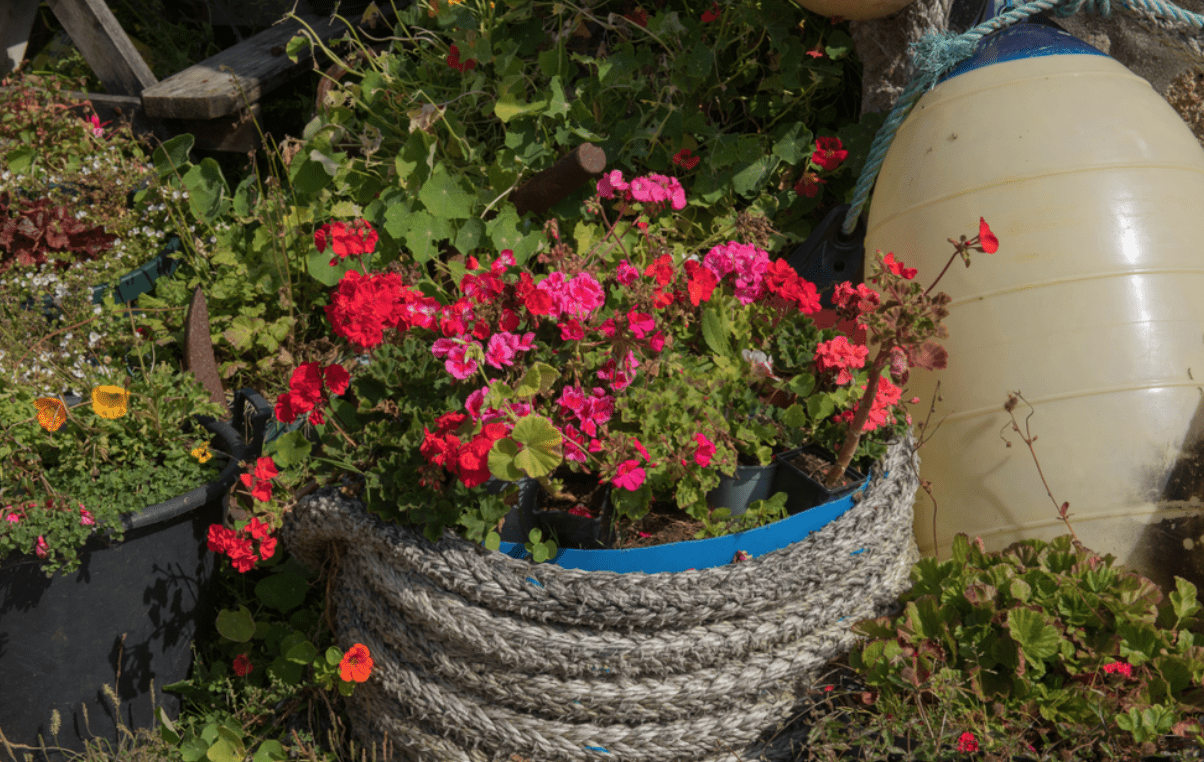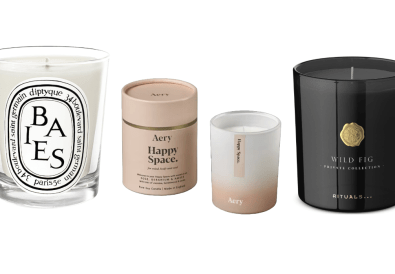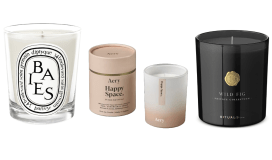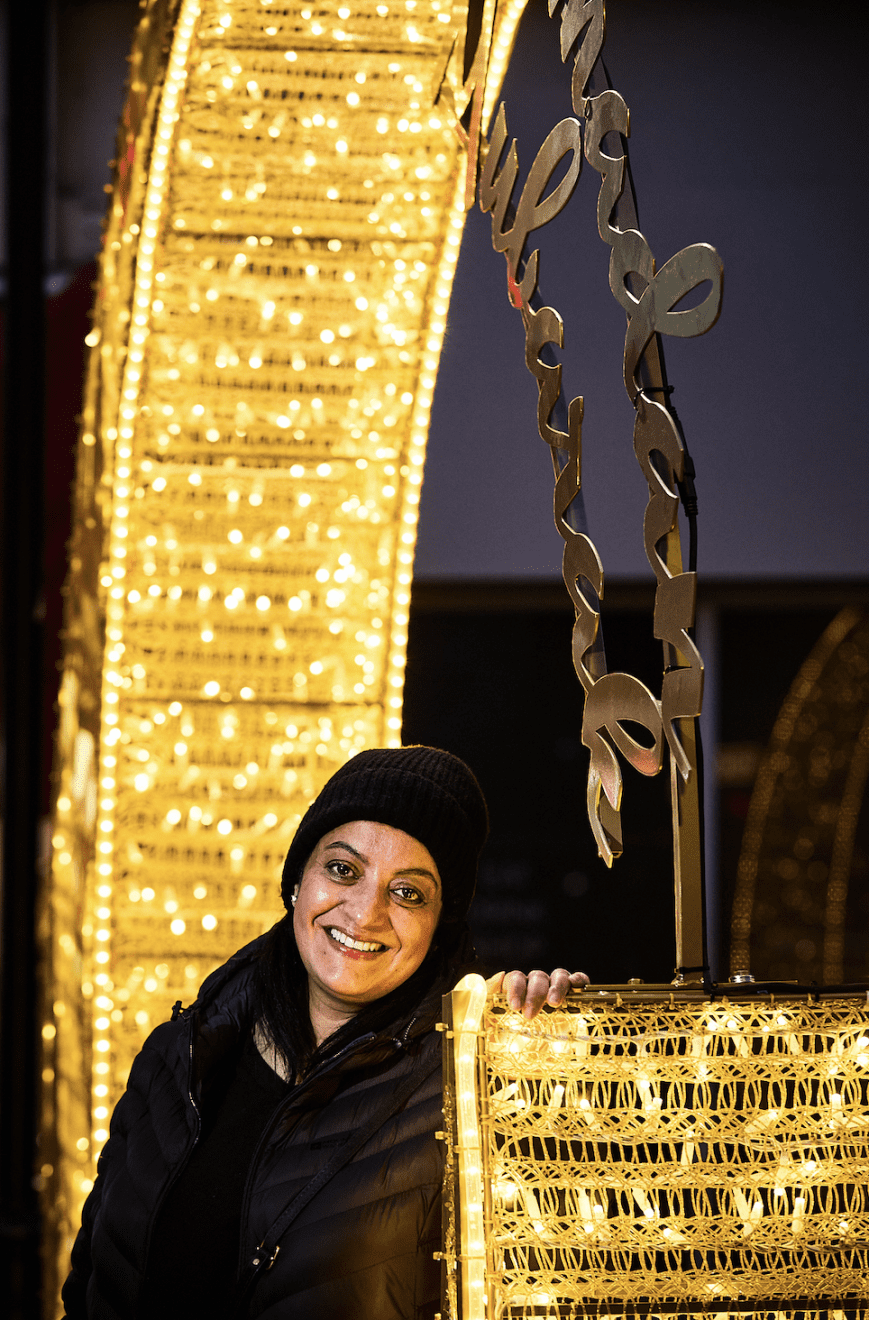With staycations in vogue, making gardens more attractive and productive is definitely a good idea. After all, we are all spending much more time in them!
You don’t need green fingers or massive makeovers to create an instant improvement. Just a bit of time and effort. Whether your garden is big or small, or if you are confined to window boxes and patios, adding colour and greenery will immediately make it much more pleasant and relaxing.
Adding some bedding plants like petunias, marigolds, cornflowers and lobelia will instantly bring some extra colour into spare corners of the garden, or planting up in pots for the patio. Check out garden centres – both online and in person – for a good choice of plants. Annual bedding plants do best in sunny areas, but do make sure you give them plenty of water when planting, as well as during dry periods throughout the summer.
If your soil is naturally dry, it is worth improving it by digging in some mulch or compost and topping with gravel or bark to encourage water retention. Gravel and bark reduce the amount of moisture lost at times of high temperatures. Any grey leaved plants like lavender or Helichrysum (often known as the curry plant due to the scent of its leaves) will do well in dry areas, as will sedums, stacys byzantine, knautia, agapanthus, allium and Foxtail lilies. These are plants that naturally keep a lot of moisture in their leaves and have really pretty flowers throughout most of the summer. All are perennials, which means that once planted they will re-emerge year after year and create large clumps. All you do need to do with perennials is to cut down the old growth during the winter, and give them a little plant food. Remove any grass growing around them, along with any weeds and always keep the surrounding soil loose so that rain will pass through the soil and reach the plants’ roots.

Most flowering plants will cope with some shade, especially dappled shade cast by trees and large shrubs. The tall spikes of foxgloves are ideal, as are the more delicate bell shaped flowers of Lungwort, Tiarella and Astilbe.
Even in June, it is not too late to plant some vegetables and herbs for use in the kitchen. These can be planted straight into the soil within the garden, or in pots to be kept on the patio. If using pots, vegetables will do better in larger pots, allowing them to develop good root systems.
Any variety of lettuce can be planted throughout the summer. It is best to plant a small amount of seed at a time, as lettuce will grow quickly. There are varieties described on packets as ‘cut and come again’ which allow leaves to be harvested at least three or four times before you need to sow some more seed. Larger lettuce varieties such as Cos lettuce need to be allowed to grow for at least a month before harvesting. Radishes and turnips also grow quickly after sowing – generally you need to allow at least six weeks before harvesting if you want larger roots. Pea shoots have become a fashionable food, and can be grown quite quickly. A packet of peas will often contain 30 or more seeds. Plant them in pots or corners of the garden and keep well watered. They will need support as they grow quite quickly, so make sure there are some stakes ready for them to grow against. Once they start putting out large side shoots, you can begin harvesting the shoots. If you leave them, they will flower and pea pods will form ready for harvesting late summer.
It is also worth considering perennial herbs such as lovage and sorrel which are great for use as green salad leaves. Lovage stalks can also be eaten. Once these plants have established themselves, they will provide a great supply of leaves year after year with very little effort. Mint is a popular herb for seasoning meals, and there are lots of different varieties available including lemon and ginger, but it can be invasive. If your garden is small, growing mint in pots is a good idea!
Beetroot seeds can be sown in June, but don’t expect any crops until the autumn, whilst June sown Dwarf French beans should have some crops in late August.
Check out garden centres for any last minute vegetable plants – in June and early July they will often have some pre-grown plants available such as courgettes and cabbages. Thomson & Morgan recommend growing squash in June, and have some great varieties available.
If fruit is your preference, you may find that not much is immediately available. Trees such as apple and pear, or fruit bushes like blackberry and raspberry are best purchased in the spring, although you may find some pot grown versions still in the garden centres. If you are planting trees, you will need to keep them well watered throughout the summer. Before planting, check out the roots. Gently tease out any roots that are circling round so to encourage them to spread and grow deeply into the soil. This will ultimately enable them to develop strong roots able to withstand dry periods.
Gardening doesn’t have to be costly – you don’t need to buy lots of new equipment. If you need a mower – opt for a mulching mower as it automatically chops grass into tiny pieces and allows it to return to the soil, making it more fertile and reducing the need for watering! Placing water butts around sides of the house or shed will allow rainwater to be stored for later use on the garden. In really dry weather, you can reuse cooled cooking water and rinsing water on the garden.
Many of the items around your home can be repurposed in the garden. Cardboard toilet roll containers make ideal seed growing containers – as soon as the roots start peeking through, simply bury the whole container into the ground. It will automatically decompose into the soil while the plant grows. An old rotary washing line turned upside down makes a great support for runner beans.
Allow some space in a corner of your garden for a compost bin, and use this for grass clippings, small branches and wood pruning, dead or dying plant growth, as well as kitchen waste such as vegetable peelings and tea bags. Don’t put meat or bones in the compost as these will attract vermin. Keep the compost moist and turn it regularly. It will eventually turn into a black soil like mixture which you can then spread on the garden.
If you are hesitant about basic gardening techniques check out https://www.rhs.org.uk/advice/get-growing which offers lots of advice, and easy to follow instructions for different tasks whether planting a shrub, mowing the lawn or making a raised bed.
Buy the digital issue for only £1.99 or the hardcopy for only £3.99 today! Click here
Natasha Syed is the dynamic Editor-in-Chief of British Muslim Magazine, the UK’s premium Travel & Lifestyle publication catering to Muslim audiences. With a passion for storytelling and a keen eye for celebrating diverse cultures, she leads the magazine in curating inspiring content that bridges heritage, modern luxury, and faith-driven experiences.
Under her leadership, British Muslim Magazine continues to set the standard for authentic, and engaging trusted narratives, making it the go-to source for Muslim traveler's and lifestyle enthusiasts across the UK and beyond.























